Strelitzia Reginae, also known as Bird of Paradise, is a tropical plant that is native to South Africa.
It is admired for its stunning, bird-like flowers and lush green foliage, making it a popular choice for gardeners and plant enthusiasts alike.
In this article, we will explore the allure of Strelitzia Reginae and provide tips for beginners on how to care for this tropical beauty.
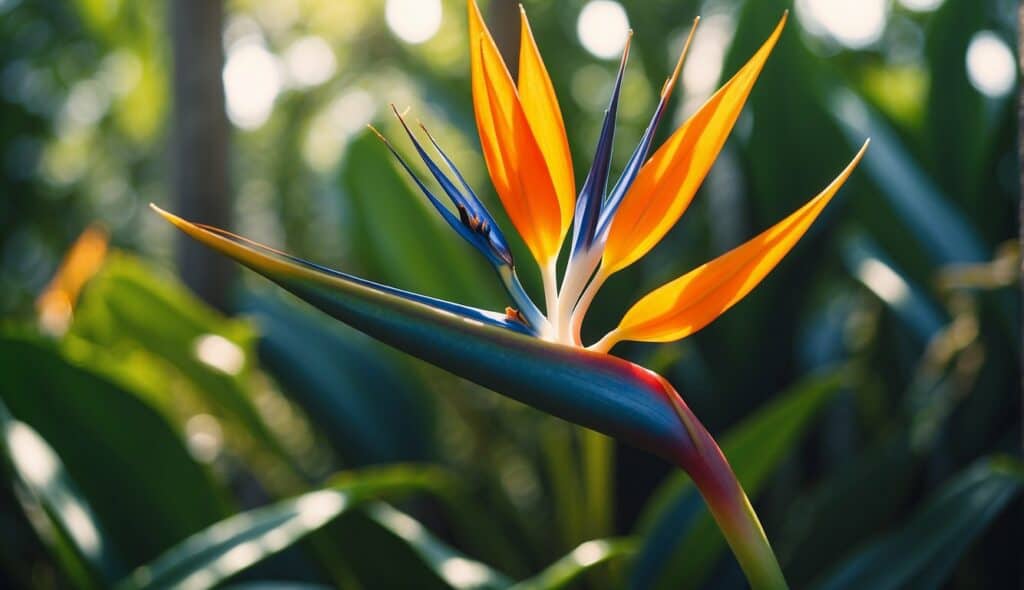
The Bird of Paradise plant is named after its unique, brightly colored flowers that resemble the feathers of a bird.
These flowers are a vibrant orange and blue, and can bloom year-round in warm, humid climates.
In addition to its striking appearance, the Bird of Paradise plant is also known for its hardiness and ability to thrive in a variety of growing conditions.
With proper care, this tropical plant can live for many years and bring joy to any space it inhabits.
Getting to Know the Bird of Paradise
The Bird of Paradise, scientifically known as Strelitzia Reginae, is a tropical plant that is native to South Africa.
It is a member of the Strelitziaceae family and is commonly grown as an ornamental plant worldwide.
In this section, we will explore the origins and history of this fascinating plant, as well as its distinctive features.
Origins and History
The Bird of Paradise was first discovered in 1773 by a French botanist named Jean-Baptiste Lamarck.
The plant was named after Queen Charlotte of Mecklenburg-Strelitz, the wife of King George III of England.
It is believed that the plant was introduced to Europe in the late 18th century and later to other parts of the world.
The plant grows naturally in the eastern coast of South Africa and is a popular plant in gardens and parks in subtropical and tropical regions.
It is also grown commercially for its cut flowers, which are used in floral arrangements and sold in markets worldwide.
Distinctive Features
The Bird of Paradise is known for its unique and striking appearance.
The plant can reach up to 6 feet in height and has long, stiff, and upright leaves that resemble a banana tree.
The leaves are dark green and can grow up to 18 inches long and 6 inches wide.
The most distinctive feature of the Bird of Paradise is its flowers.
The plant produces large, colorful, and intricately shaped flowers that resemble the head of a bird.
The flowers are usually orange and blue, but can also be yellow or white. The flowers bloom from late winter to early summer and can last for several weeks.
In conclusion, the Bird of Paradise is a fascinating and beautiful plant that is popular worldwide.
Its unique appearance and distinctive features make it a favorite among gardeners and florists alike.
Caring for Your Strelitzia Reginae

Strelitzia Reginae, also known as Bird of Paradise, is a tropical plant that is easy to care for and adds a touch of exotic beauty to any garden.
Here are some tips on how to care for your Strelitzia Reginae:
Ideal Growing Conditions
Strelitzia Reginae thrives in warm and humid conditions. It prefers a well-draining soil that is rich in organic matter.
It requires full sun to partial shade, and it should be protected from strong winds.
If you live in a cooler climate, you can grow Strelitzia Reginae in a greenhouse or as a houseplant.
Watering and Feeding
Strelitzia Reginae requires regular watering, especially during the growing season. The soil should be kept moist but not waterlogged.
During the winter months, reduce the amount of water you give your Strelitzia Reginae.
Fertilize your plant every two weeks during the growing season with a balanced fertilizer.
Pruning and Maintenance
Strelitzia Reginae does not require much pruning, but you can remove dead leaves and flowers to keep your plant looking its best.
You can also divide your plant every few years to promote healthy growth.
Watch out for pests such as spider mites and mealybugs, and treat them promptly if you notice any infestations.
By following these simple tips, you can enjoy the tropical allure of Strelitzia Reginae in your own garden.
Troubleshooting Common Issues

Pest Infestations
Bird of Paradise plants are generally resistant to pests, but occasionally they can get infested with spider mites, mealybugs, or scale insects.
Spider mites are tiny red or brown bugs that can be seen on the underside of leaves, while mealybugs and scale insects are small, white, and often found in clusters on the stems and leaves.
To prevent pest infestations, make sure to keep the plant clean and dust-free.
If you notice any signs of infestation, isolate the plant immediately to prevent the pests from spreading to other plants.
You can remove the pests with a cotton swab dipped in rubbing alcohol or by spraying the plant with insecticidal soap.
Diseases and Disorders
Bird of Paradise plants can also be susceptible to certain diseases and disorders.
One common issue is root rot, which is caused by overwatering and poor drainage.
To prevent root rot, make sure to water the plant only when the top inch of soil is dry and ensure that the pot has adequate drainage.
Another issue is leaf spot, which is caused by a fungal infection.
To prevent leaf spot, make sure to keep the plant well-ventilated and avoid getting water on the leaves.
If you notice any signs of leaf spot, remove the affected leaves and treat the plant with a fungicide.
Overall, with proper care and attention, Bird of Paradise plants can thrive and add a touch of tropical allure to any space.
Incorporating Strelitzia Reginae into Your Garden
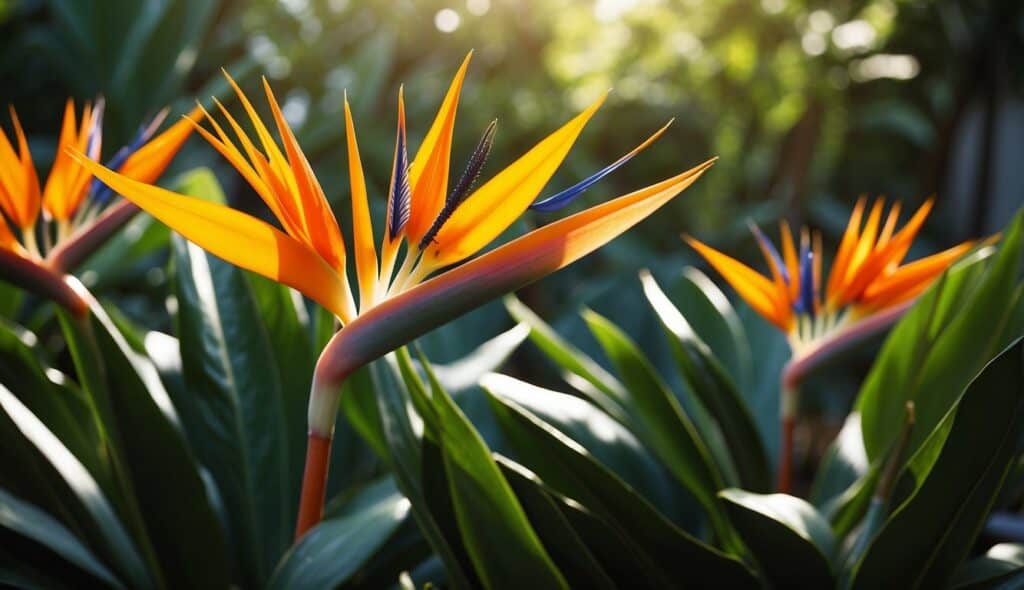
Strelitzia Reginae, also known as Bird of Paradise, is a tropical plant that can add a touch of exotic beauty to any garden.
Here are some ideas for incorporating this stunning plant into your landscape.
Landscape Design Ideas
Strelitzia Reginae can be used in a variety of landscape designs, from tropical to modern. Here are some ideas to get you started:
-
Tropical Paradise: Create a lush, tropical paradise by planting Strelitzia Reginae alongside other tropical plants, such as palm trees, ferns, and hibiscus.
Add a water feature, such as a fountain or pond, to complete the look.
-
Modern Minimalism: Strelitzia Reginae’s bold, architectural shape makes it a great choice for modern landscapes.
Plant it in a simple, geometric container and pair it with other minimalist plants, such as succulents and cacti.
-
Colorful Contrast: Strelitzia Reginae’s bright orange and blue flowers make it a great choice for adding a pop of color to your garden.
Pair it with plants that have contrasting foliage, such as purple fountain grass or variegated hostas.
Companion Planting
Strelitzia Reginae can also be planted alongside other plants to create a beautiful, harmonious garden.
Here are some companion plants that work well with Bird of Paradise:
-
Agapanthus: The blue flowers of Agapanthus complement the orange and blue flowers of Strelitzia Reginae, creating a stunning color combination.
-
Bromeliads: Bromeliads are tropical plants that thrive in the same conditions as Strelitzia Reginae.
They also come in a variety of colors and shapes, making them a great companion plant.
-
Gingers: Gingers are another tropical plant that work well with Strelitzia Reginae.
They have bold foliage and come in a variety of colors, from bright red to soft pink.
Incorporating Strelitzia Reginae into your garden is a great way to add a touch of tropical allure.
With its bold, architectural shape and vibrant flowers, it’s sure to be a showstopper in any landscape design.
Frequently Asked Questions
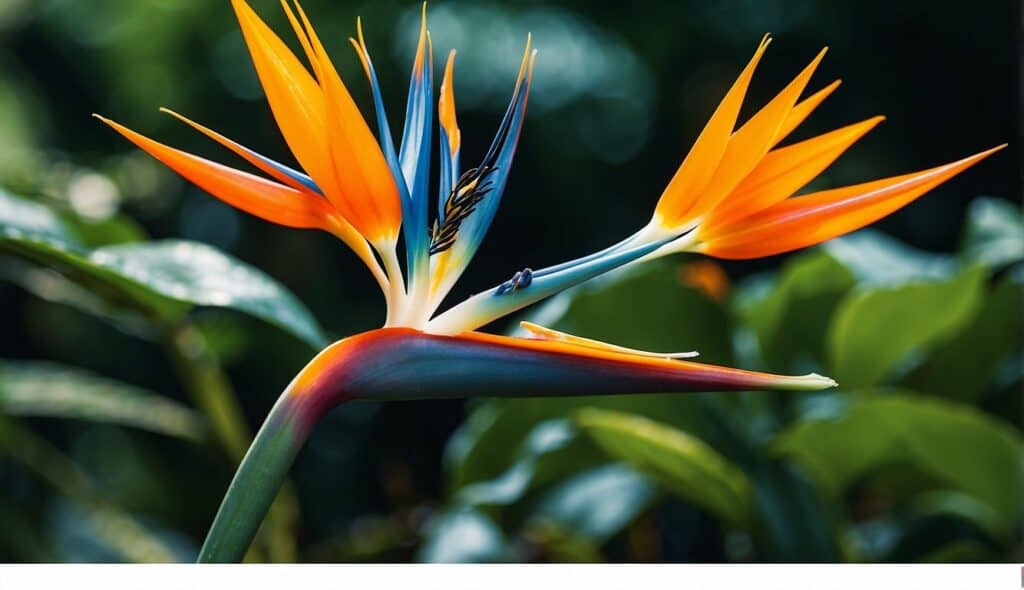
How do I properly care for a Bird of Paradise plant indoors?
To care for a Bird of Paradise plant indoors, make sure to place it in a sunny spot with bright, indirect light.
Keep the soil moist, but not waterlogged, and avoid letting the plant sit in standing water.
Fertilize the plant every two weeks during the growing season, and prune any dead or damaged leaves.
What are the ideal light conditions for Strelitzia Reginae growth?
Bird of Paradise plants thrive in bright, indirect light. They can handle some direct sunlight, but too much can scorch the leaves.
If the plant is not getting enough light, it may not flower.
How often should I water my Bird of Paradise to keep it healthy?
Water your Bird of Paradise plant when the top inch of soil feels dry to the touch. Be careful not to overwater, as this can lead to root rot.
In general, you should water the plant about once a week, but this may vary depending on the humidity and temperature of your home.
What are the common issues to look out for when nurturing a Bird of Paradise?
Some common issues to look out for when nurturing a Bird of Paradise plant include yellowing leaves, which may indicate overwatering or underwatering, and brown tips or edges on the leaves, which may indicate dry air or too much fertilizer.
Pests such as spider mites and mealybugs can also be a problem.
Can Bird of Paradise plants thrive in colder climates, and how can I protect them?
Bird of Paradise plants are tropical and prefer warm, humid environments.
They may not survive in colder climates, but you can protect them by bringing them indoors during the winter or covering them with a frost blanket.
Make sure to keep them away from cold drafts and heating vents.
What is the best soil mix for planting Strelitzia Reginae?
Bird of Paradise plants prefer well-draining soil with a pH between 6.0 and 7.5.
A mix of peat moss, perlite, and sand can provide good drainage and aeration. Avoid using heavy, clay soils or soils that retain too much moisture.











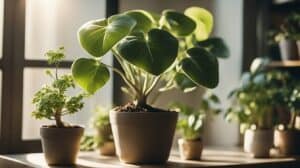
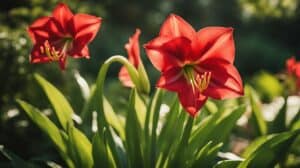
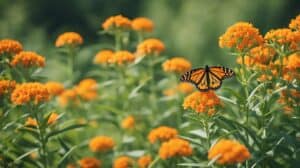

Add Comment